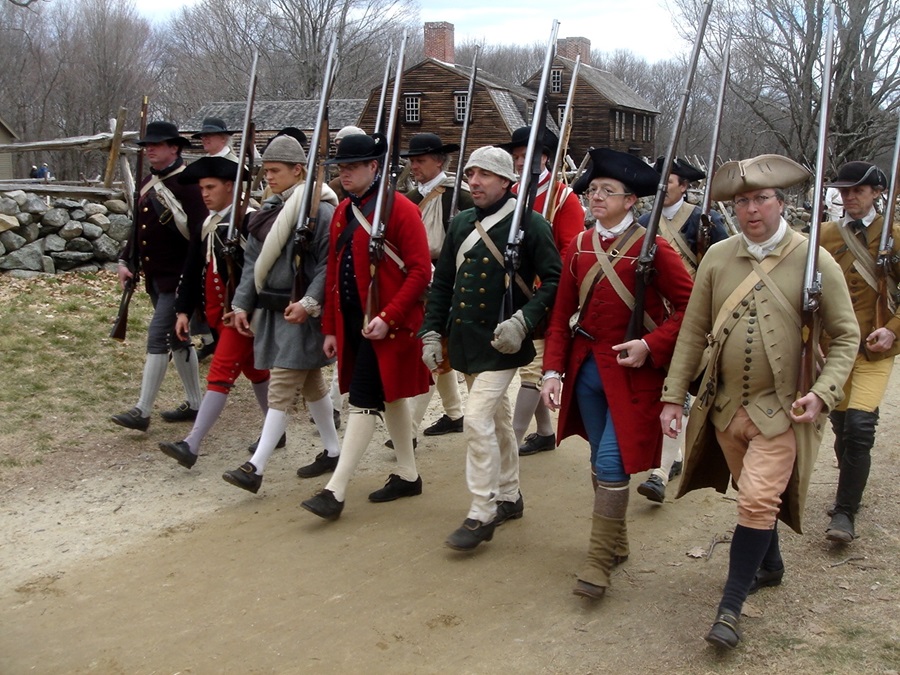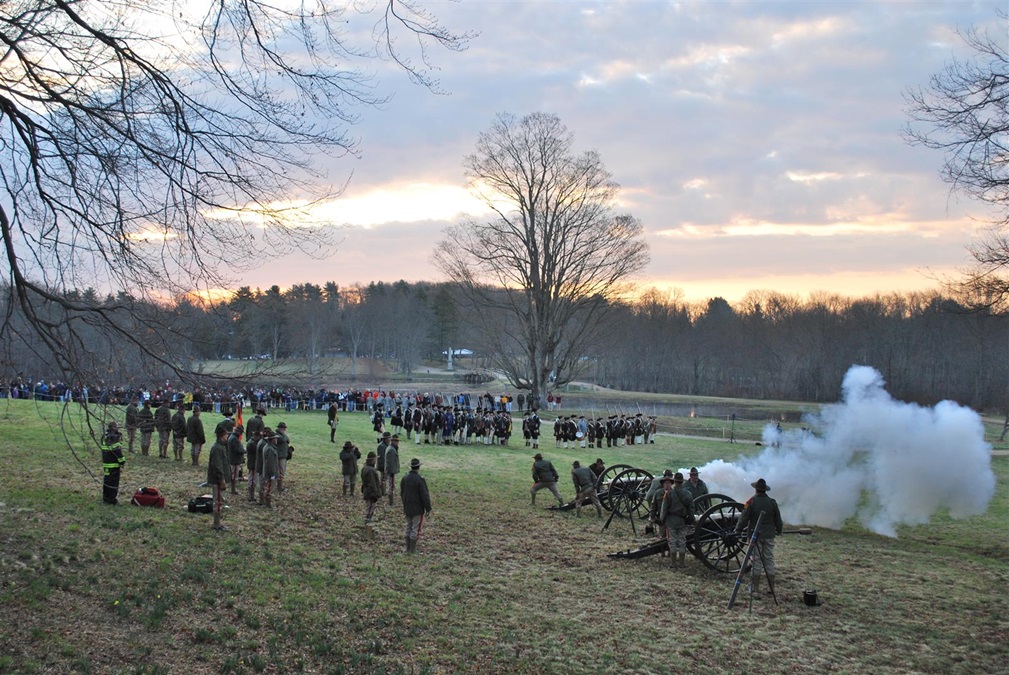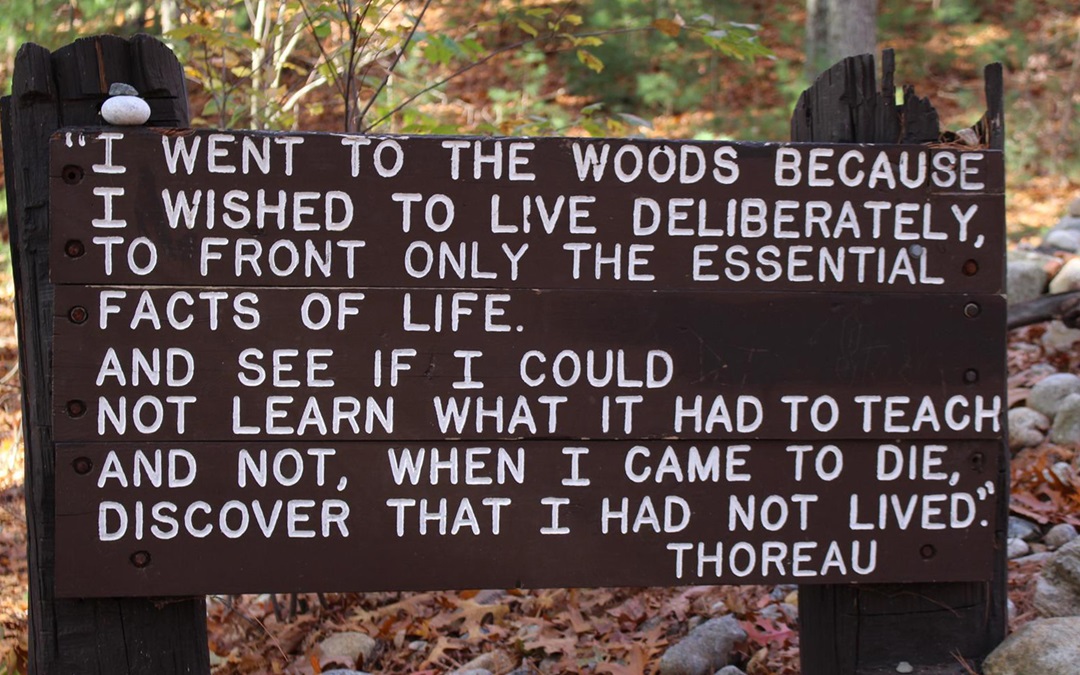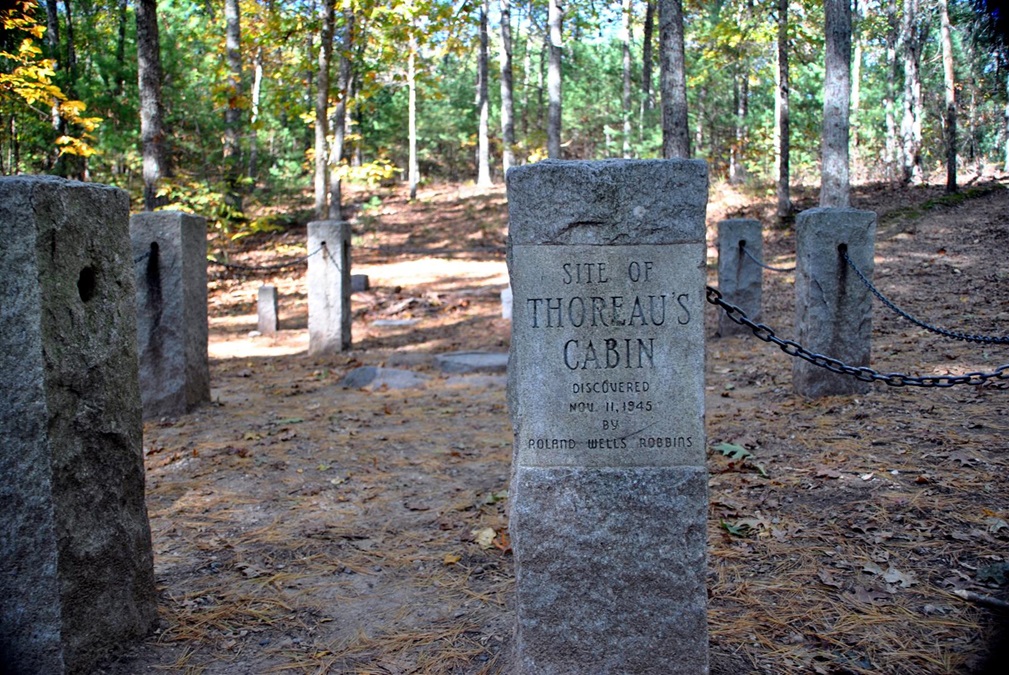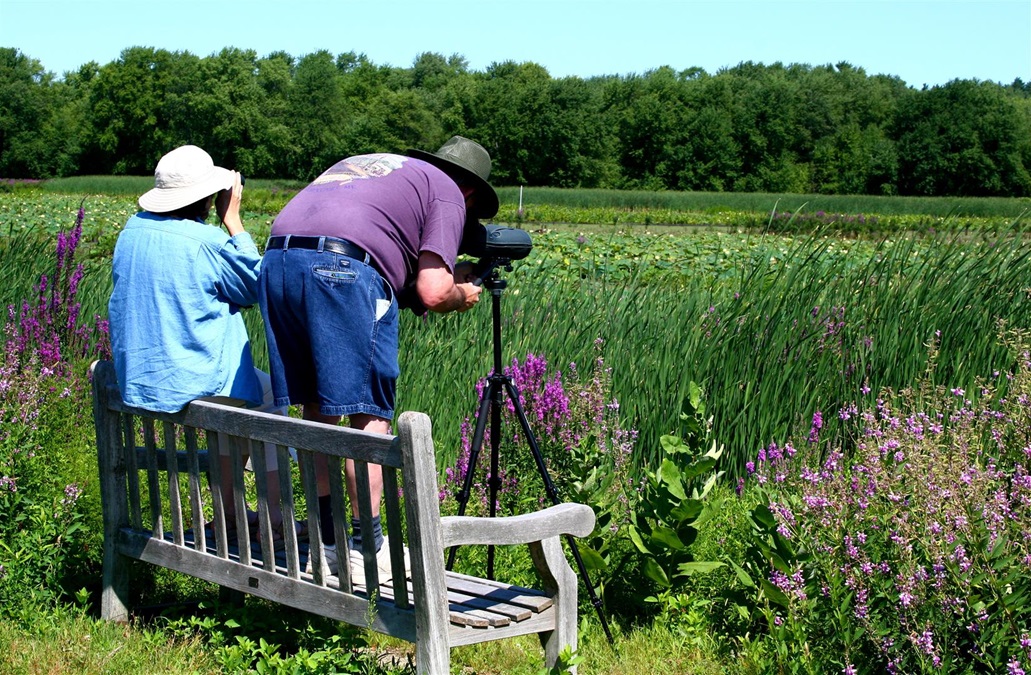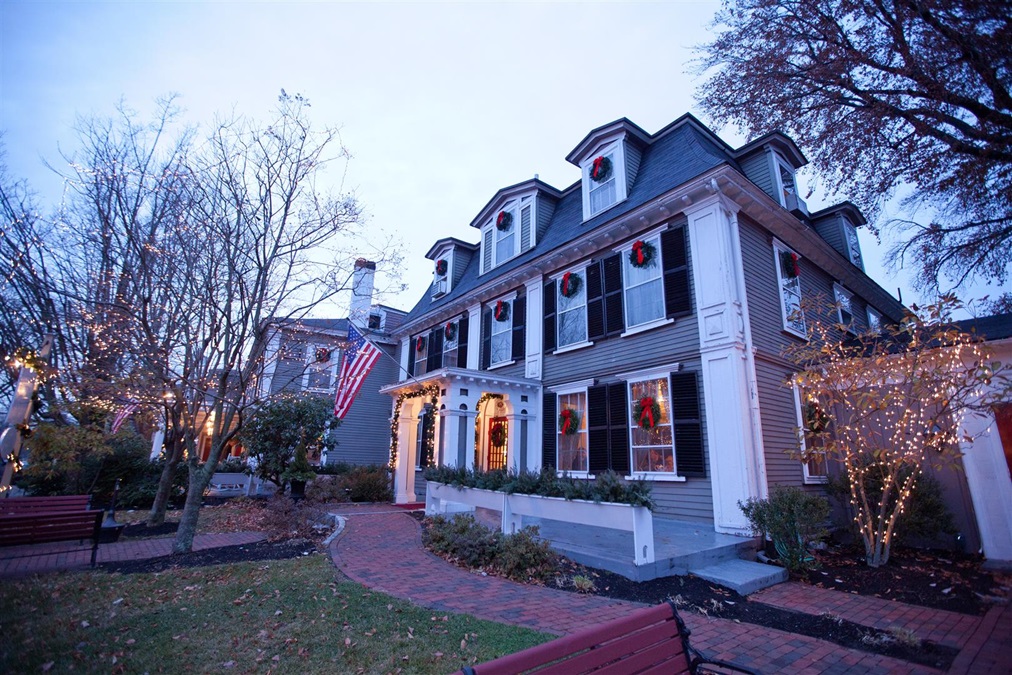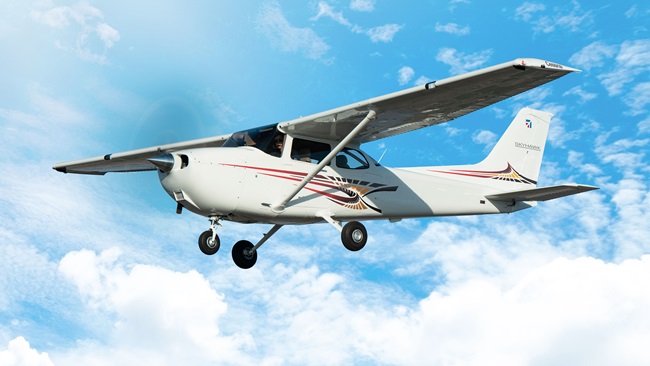The thinking pilot's getaway
Concord, Massachusetts
You’d expect a town near Boston to be of critical importance to early American history. Concord is that and much more. It’s the site of the first battle of the American Revolution, which took place on April 19, 1775. The historic sites, structures, landscapes, and ideas embodied in the start of the revolution are preserved for us all in Minute Man National Historical Park.
Through the centuries, Concord has been inhabited by many deep thinkers. Some of them became our most important and beloved writers, including Ralph Waldo Emerson, Henry David Thoreau, Louisa May Alcott, and Nathaniel Hawthorne, among others. Centuries have passed, but the ideas spawned here continue to inspire people worldwide. And through the foresight of Concord’s residents, the birthplaces of these ideas have been thoughtfully preserved for succeeding generations. Today, you can still see Walden Pond as Thoreau saw it in 1845. Walk the same shoreline and see the autumn leaves reflected in the quiet water. The surrounding forest is alive with birdsong; the “wildness” he wrote of remains intact. Visit the home where Alcott wrote Little Women, and explore anew the writings of Emerson and his philosophy of Transcendentalism as elucidated in his seminal 1836 work, Nature.

Next, you can tour the Orchard House, where Alcott wrote Little Women, and then continue west to the Concord Museum, which displays significant local artifacts like the famous Revere lantern, militia weaponry, a re-creation of Emerson’s study, and most of Thoreau’s possessions. Next you’ll come to the Emerson House, where the writer lived from 1835 until his death in 1882. Turn north on Monument Street toward the North Bridge section of Minute Man National Historical Park. There you’ll find the Old Manse, home to Emerson and Hawthorne, as well as the Minute Man statue, the monument beside the bridge with Emerson’s “shot heard ‘round the world” stanza from the Concord Hymn, and the North Bridge visitor’s center.
Thoreau’s classic book, Walden, continues to inspire readers worldwide to appreciate nature while also serving as an antidote to consumerism. The pond and shoreline are protected as Walden Pond State Reservation, and the site of Thoreau’s cabin is marked by four granite columns. A replica of the cabin is near the parking lot, and there are hiking trails around the pond. Another excellent site for quiet contemplation is the Sleepy Hollow Cemetery, the final resting place of many famous Concordians. Birders will enjoy the Great Meadows National Wildlife Refuge, home to numerous waterfowl and other birds.
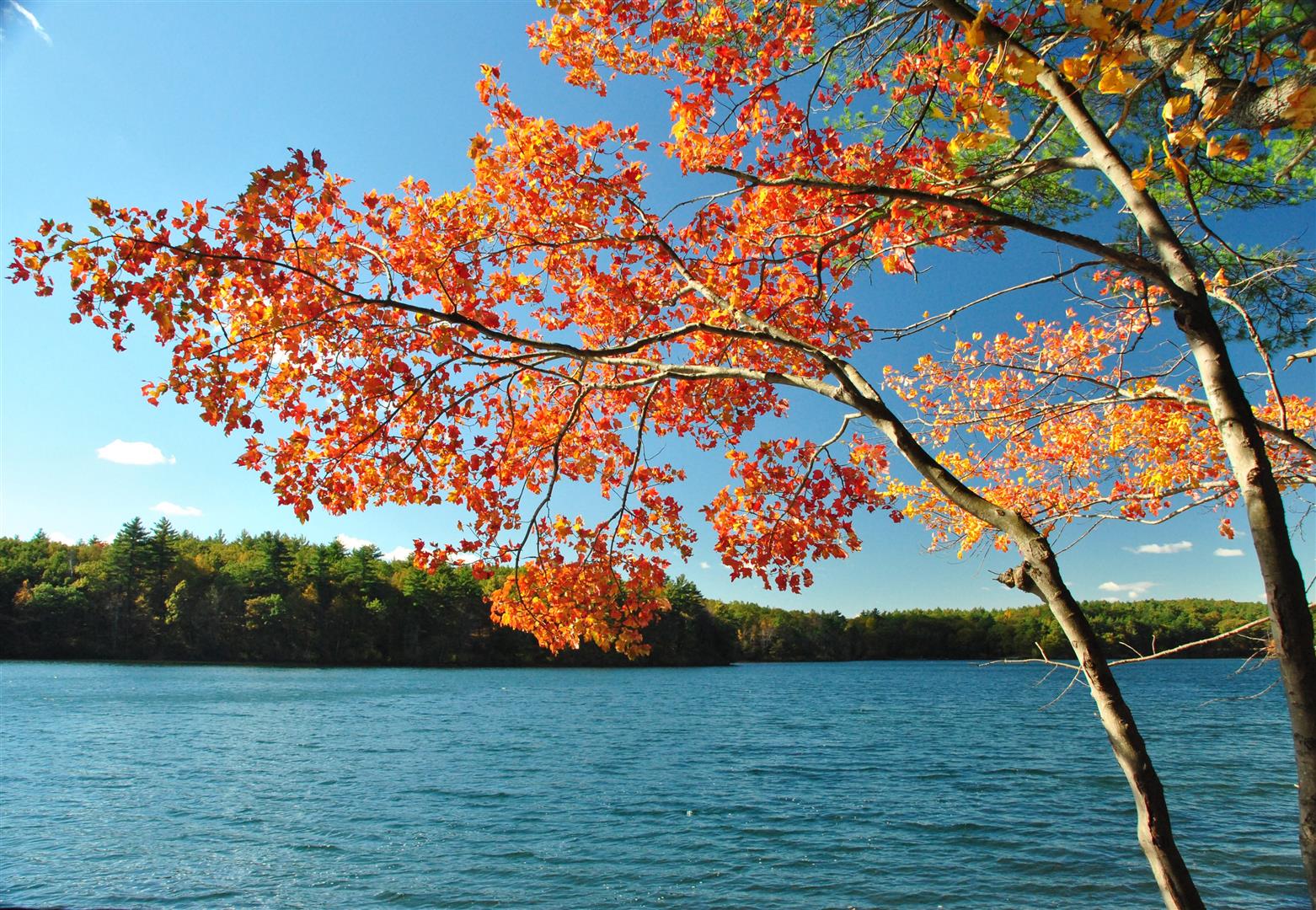
The North Bridge Inn is just off Monument Square in downtown Concord. The B&B has six spacious suites, each with a kitchen, queen bed, and airy floral motifs. Concord’s Colonial Inn dates back to 1716. Thoreau stayed in one of the suites, though the Jacuzzi probably wasn't available then!
Woods Hill Table bills itself as organic, sustainable, and thoughtful, and that it is, with most of the food procured at local family farms. Halibut ceviche, raw cheeses with local jam, or a splendid charcuterie selection will get you started, and you can follow with pasture-raised chicken, beef, or pork, or line-caught hake, among other selections. The restaurant 80 Thoreau presents the finest of New England ingredients and traditions, embellished with French techniques.
As the quiet season approaches, why not take a thought-provoking New England trip? See the places where America started, and where some of our most celebrated authors lived and worked, as you mull over again the ideas they introduced you to, years ago.

Share your favorite destination in the AOPA Hangar: Places to fly, things to do, where to eat!

